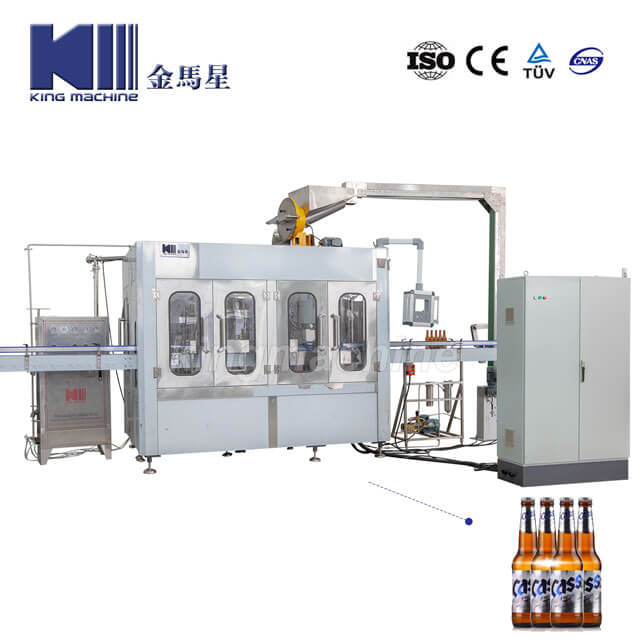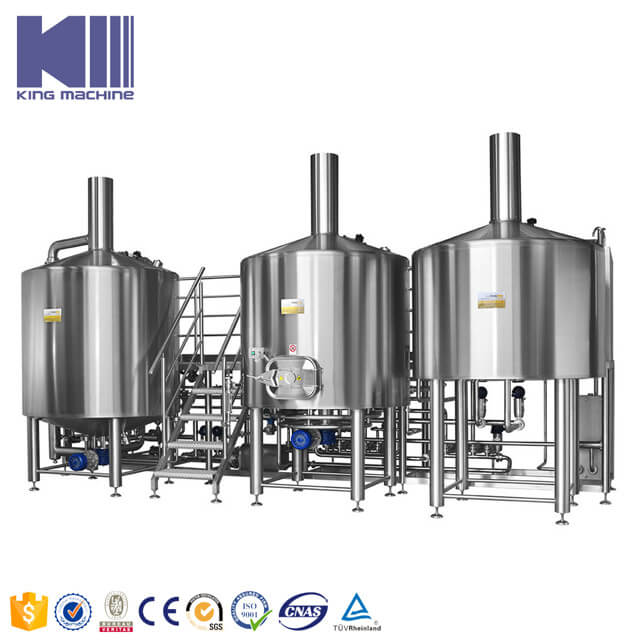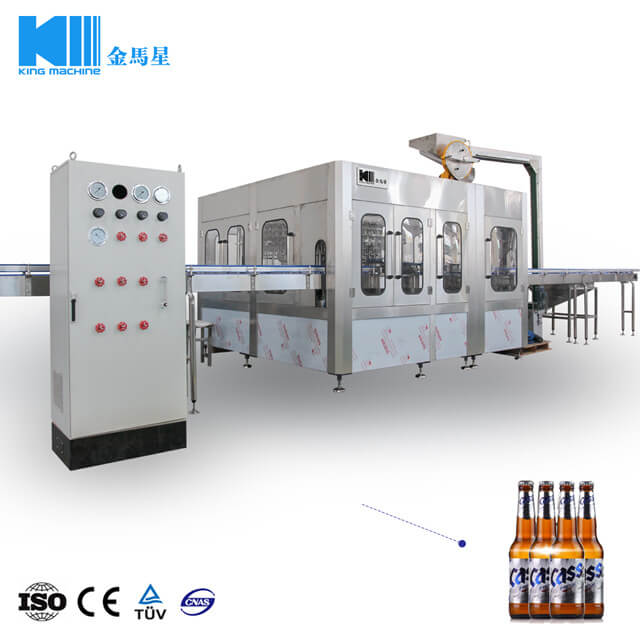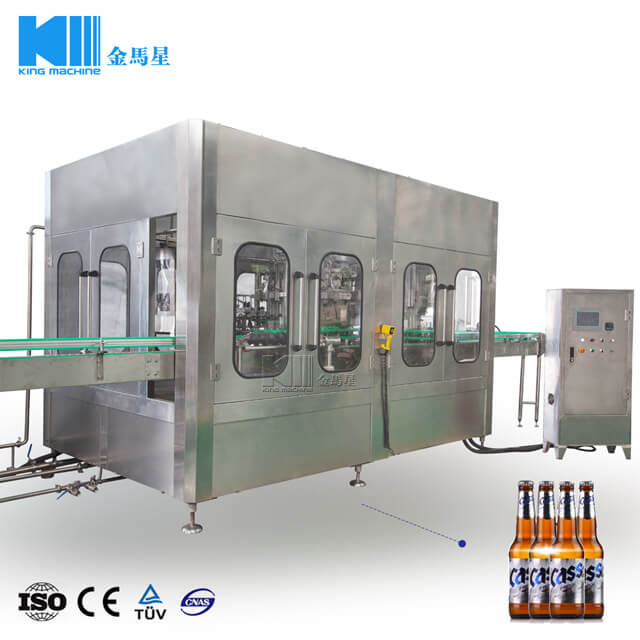In the fast-growing world of craft and commercial brewing, the beer filling machine plays a crucial role in maintaining quality, consistency, and production efficiency. Whether you’re packaging in bottles, cans, or kegs, even the most advanced beer filling systems can encounter operational issues that lead to product loss, downtime, or quality degradation.
To help breweries avoid these issues, this article explores five of the most common problems associated with beer filling machines—and more importantly, how to solve them effectively.
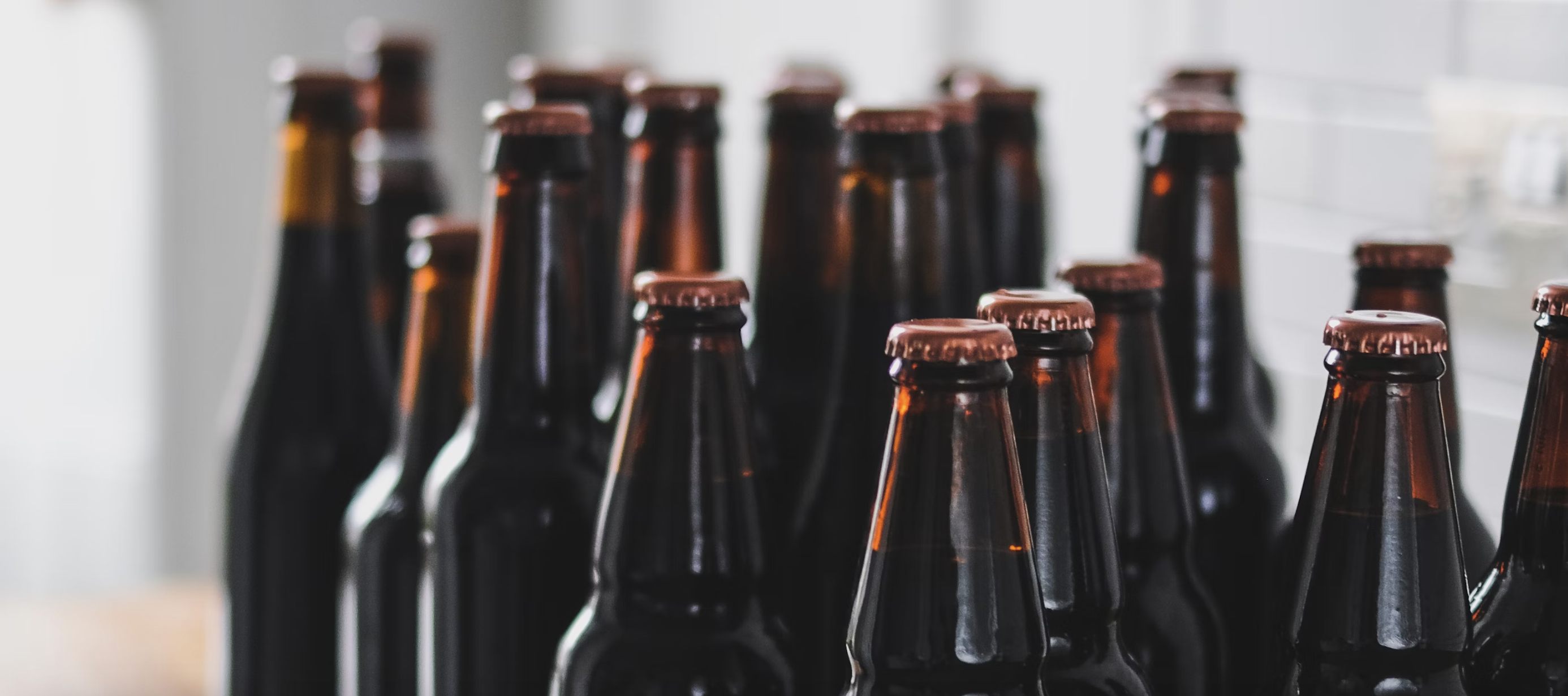
1. Excessive Foaming During Filling
Excessive foaming is a frequent issue in beer bottling or canning, and it can lead to underfilling, oxygen exposure, and significant product loss. It also slows down the filling process and increases cleaning requirements.
Common Causes:
The beer or containers are too warm.
Incorrect pressure levels or sudden pressure drops.
Inconsistent fill speeds causing turbulence.
Inadequate pre-rinsing or CO₂ purging.
Solutions:
Temperature Control: Make sure the beer and containers are pre-chilled to optimal filling temperatures (generally around 0–2°C). Warmer beer is more likely to foam.
Use Counter-Pressure Filling: Employ counter-pressure beer filling machines to equalize the pressure in the container before filling starts.
Regulate Flow Rate: Adjust the fill speed to reduce turbulence, particularly for high-carbonation beers.
Optimize CO₂ Purging: Purging containers with CO₂ before filling helps prevent foam and oxygen ingress simultaneously.
2. Inaccurate Fill Levels
Inconsistent fill levels can result in customer complaints, regulatory non-compliance, and wasted product. Both overfilling and underfilling can negatively affect profitability and shelf appeal.
Common Causes:
Blocked or malfunctioning fill nozzles.
Pressure inconsistencies in the filling line.
Miscalibrated sensors or level detectors.
Solutions:
Routine Maintenance: Regularly inspect, clean, and replace worn or clogged filling valves.
Sensor Calibration: Periodically recalibrate the liquid level sensors and flow meters to ensure measurement accuracy.
Consistent Pressure: Use precision pressure regulators and ensure that CO₂ or air pressures remain stable during operations.
3. Oxygen Ingress Leading to Flavor Degradation
Beer is highly sensitive to oxygen. Even minimal oxygen exposure during beer filling can accelerate oxidation, dull hop aroma, and reduce shelf life, particularly in hop-forward craft beers.
Common Causes:
Insufficient purging of air from containers.
Delays between filling and capping.
Poor seal integrity during filling.
Solutions:
Vacuum and CO₂ Flushing: Incorporate vacuum pre-evacuation and CO₂ purging before filling to remove oxygen from bottles or cans.
Immediate Capping/Seaming: Ensure caps or lids are applied and sealed immediately after filling to minimize exposure.
Monitor Dissolved Oxygen (DO): Use inline DO meters to track and optimize oxygen levels in real-time.
4. Leaking or Poorly Sealed Bottles/Cans
Leaky packaging not only causes product loss but also compromises hygiene and customer trust. Poor seals may lead to flat beer, microbial contamination, and returned products.
Common Causes:
Misaligned capping or seaming heads.
Worn-out or damaged capping components.
Improper torque or pressure during sealing.
Solutions:
Capper/Seamer Adjustment: Regularly check alignment and torque settings of the sealing heads. Misalignment can damage closures or leave containers improperly sealed.
Component Replacement: Replace worn crowning heads, rollers, or chucks to maintain sealing consistency.
Seal Integrity Testing: Incorporate leak detectors or manual pressure testing to verify closure quality post-fill.
5. Machine Downtime Due to Mechanical or Electrical Failures
Unexpected breakdowns can halt production, delay shipments, and lead to costly emergency repairs. While no beer filling machine is completely immune to failure, most issues are preventable with proactive care.
Common Causes:
Lack of scheduled preventive maintenance.
Operator errors or insufficient training.
Electrical or software malfunctions.
Solutions:
Preventive Maintenance Schedule: Implement a strict routine for lubrication, part inspection, and cleaning. Keep a log of component lifespans and replacement cycles.
Operator Training: Ensure all staff are well-trained in operating procedures, safety protocols, and emergency troubleshooting.
Choose a Reliable Supplier: Partner with beer filler manufacturers that offer technical support, spare parts availability, and remote diagnostics.
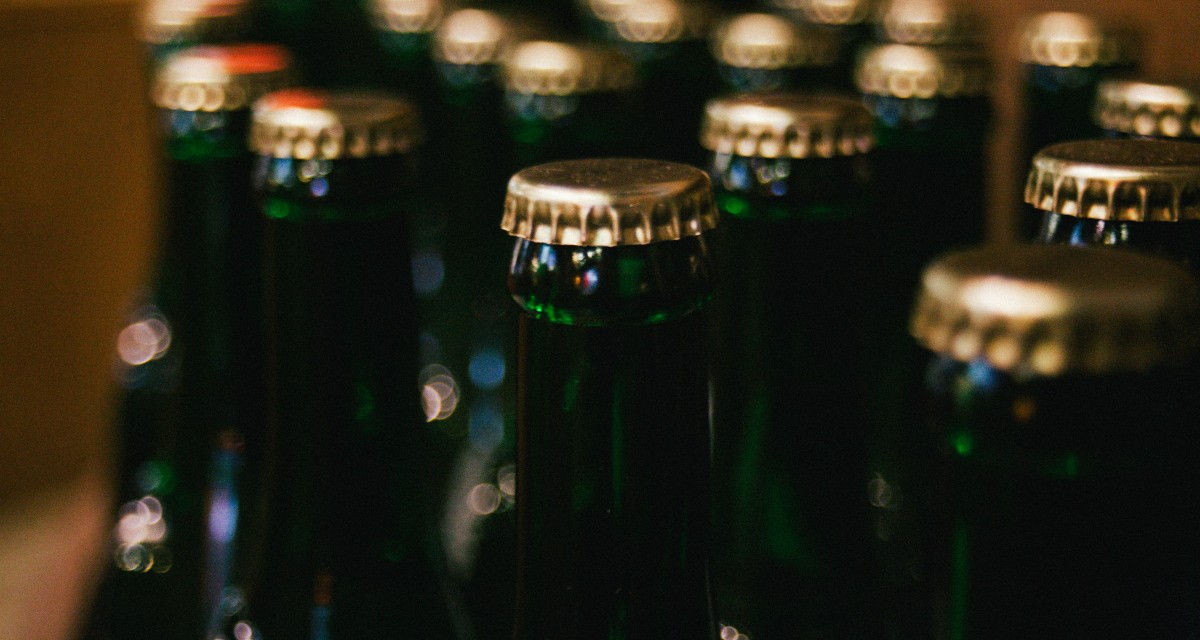
Conclusion
Beer filling machines are indispensable in any modern brewery, but they are not without their challenges. Problems like foaming, inaccurate filling, oxygen contamination, sealing failures, and downtime can affect both product quality and operational efficiency. Fortunately, with the right knowledge, equipment, and maintenance strategy, most of these issues can be prevented or quickly resolved.
Breweries that invest in high-quality filling equipment, operator training, and proactive servicing are better positioned to maintain consistency, meet customer expectations, and scale operations smoothly.
For breweries seeking dependable, high-performance beer filling solutions, King Machine offers a full line of advanced, customizable filling systems designed for craft and commercial use. With comprehensive after-sales support and industry-proven reliability, King Machine ensures your beer packaging line runs as smoothly as your brew tastes.


